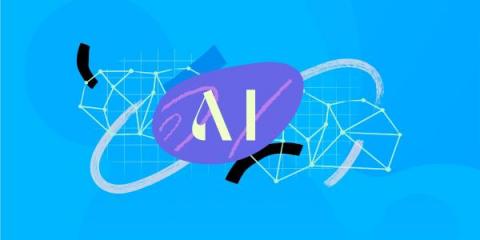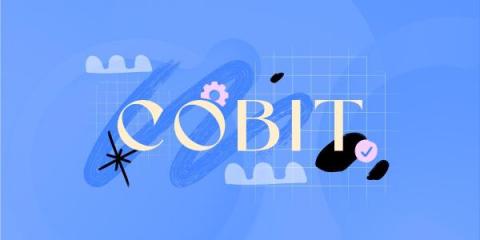An Introduction to Patch Management
Patch management is the process of acquiring and applying updates to software. This is an essential part of IT Asset Management. A patch manager controls the deployment of updates to operating systems and other applications on the network. In this article we will cover the following topics: If you want to learn the key aspects of patch management and the benefits it brings along to organization, then this is the article for you.











